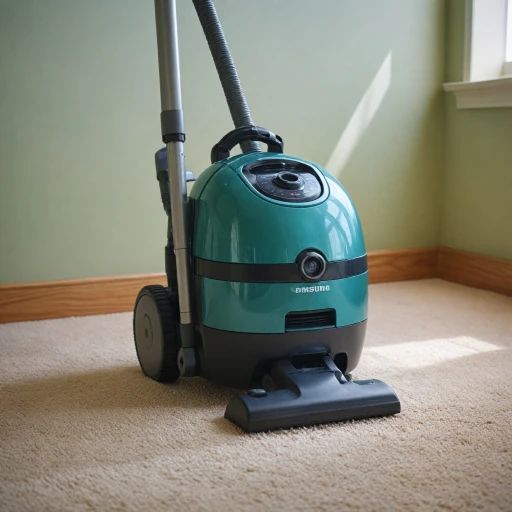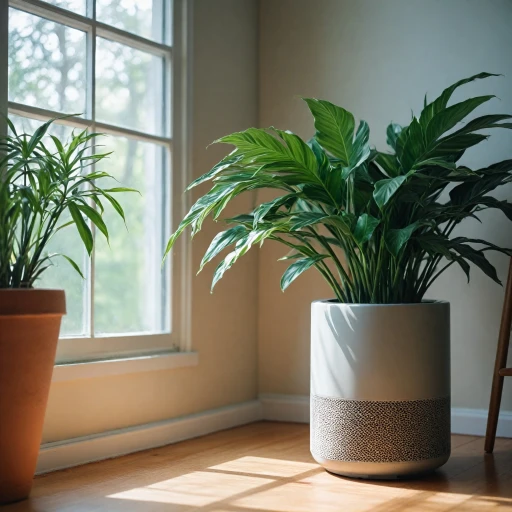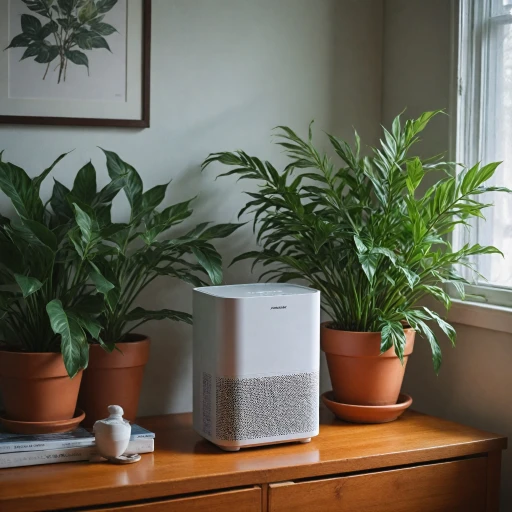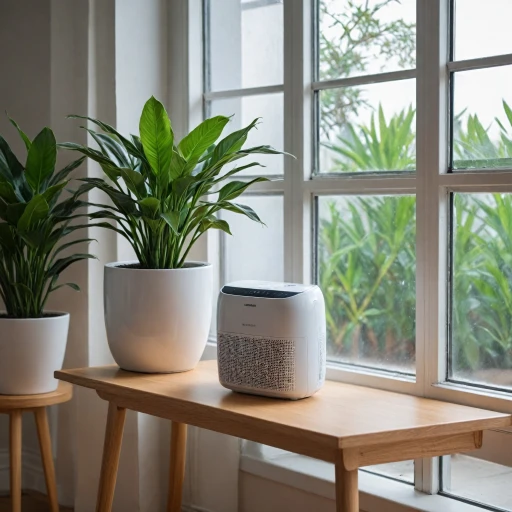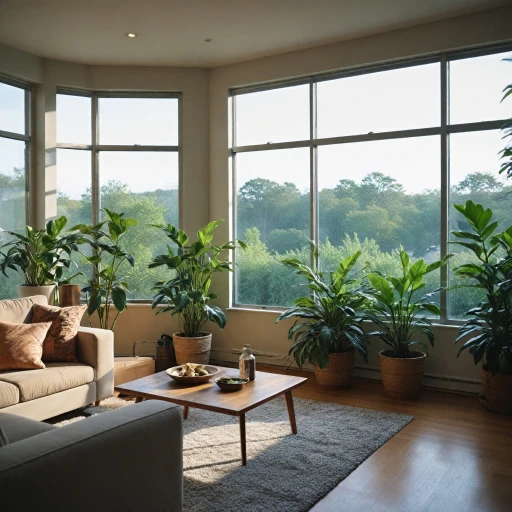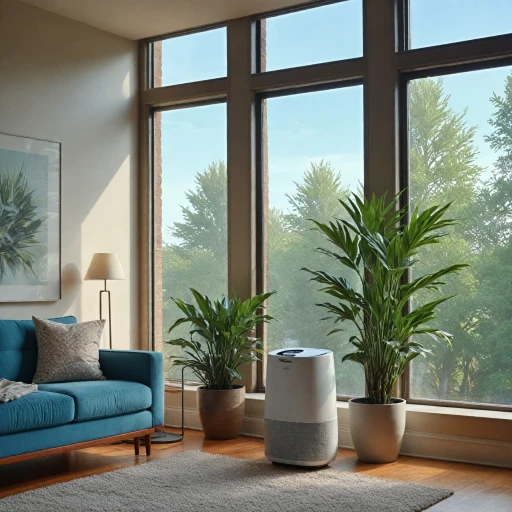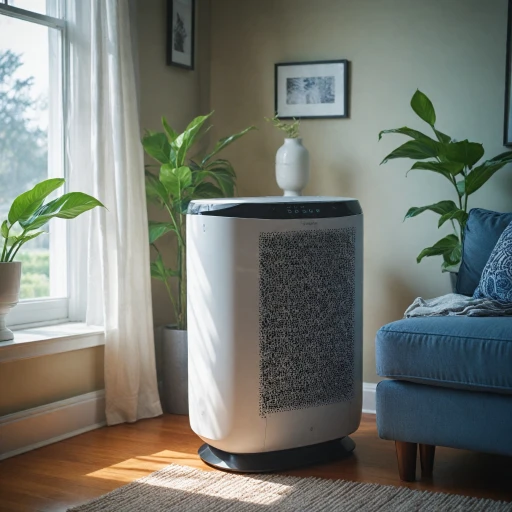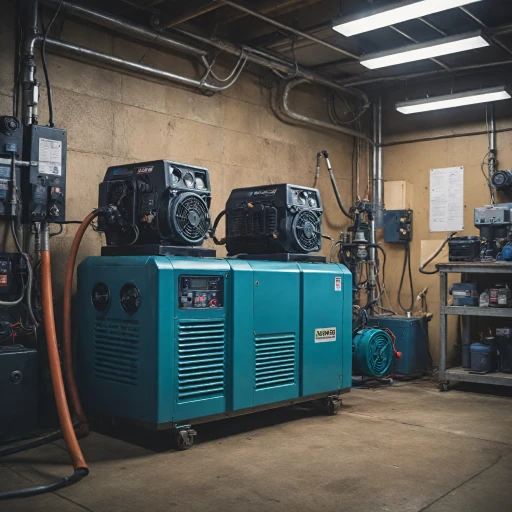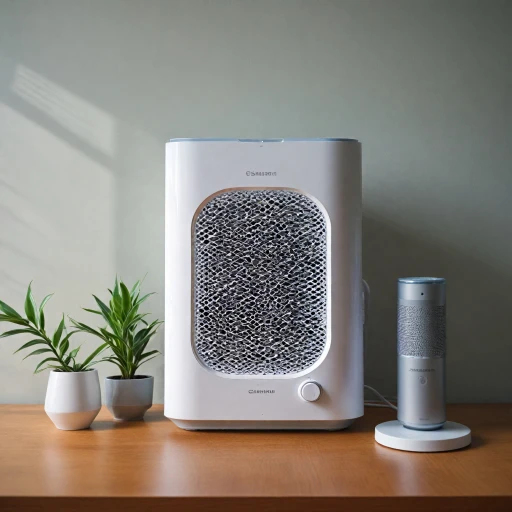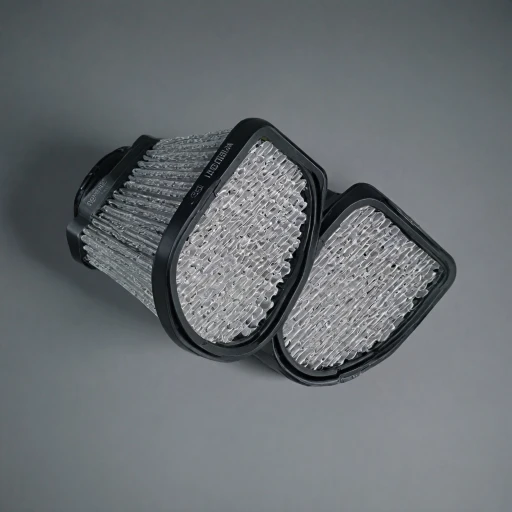
The Importance of Air Quality in Your Home
Enhancing Your Indoor Environment
The air quality in your home plays a critical role in the overall health and well-being of you and your family. Indoor spaces trap a cocktail of pollutants and allergens, such as dust, pet dander, and VOCs (volatile organic compounds), which can exacerbate respiratory issues or trigger allergies. Air purifiers, like the Austin HealthMate, offer an effective solution to mitigate these indoor air quality problems.
By incorporating advanced filtration systems, these purifiers help reduce the presence of harmful airborne particles. With features like the medical-grade HEPA filter, Austin Air purifiers excel in capturing larger microns found in dust and pollen, while activated carbon zeolite technology addresses odors and chemical contaminants. Understanding how these units operate can reveal how they contribute to healthier living environments.
Utilizing a combination of pre-filters and main filters, devices such as the Austin HealthMate effectively manage different types of air pollutants. The pre filter traps larger particles, allowing the subsequent HEPA and carbon filters to target finer particulates and gases. This process is essential for maintaining optimal air quality indoors, especially for individuals suffering from allergies or asthma. For a deeper dive into how specific filter types impact modern air purifiers, you can explore this detailed guide.
Adopting an air purification system tailored to your needs ensures that you maximize the benefits of cleaner indoor air. It’s also crucial to weigh factors like room size, price, and specific filtering capabilities to select the best unit for your home, which will be further explored in subsequent sections of this write-up.
How Austin Air Filters Work
Mechanism Behind Austin Air Filters
Understanding how air purifiers like the Austin HealthMate work is essential to appreciating their impact on indoor air quality. At the heart of these devices is a comprehensive filtration system designed to tackle a wide range of pollutants. The operation of Austin Air Filters begins with a multi-stage filtration process:- Pre-Filter: This first stage captures larger particles, such as dust and pet hair, preventing them from clogging the subsequent layers.
- Particle Filter: Smaller particles that evade the pre-filter are then trapped in this layer, securing dust and dander that are harmful to allergy sufferers.
- HEPA Filter: Renowned for its medical-grade quality, this filter removes 99.97% of particles as small as 0.3 microns, including pollen and fine dust.
- Activated Carbon Filter: The final stage involves the carbon zeolite filter, which excels at adsorbing volatile organic compounds (VOCs) and odors, providing a fresher air quality.
Key Features of Austin Air Filters
Advanced Filtration Design
Austin Air Filters are renowned for their innovative and advanced filtration design, which plays a crucial role in providing cleaner indoor air. The filters employ a comprehensive multi-stage filtration system, combining different elements to efficiently tackle a wide range of pollutants.
Key Components
- Pre-Filter: The initial layer, or the particle pre filter, addresses larger microns, capturing noticeable dust and debris, setting the groundwork for a superior filtering process.
- HEPA Filter: Known for its medical grade status, the HEPA filter is capable of trapping numerous tiny particles that can greatly impact air quality. This includes pollen, pathogens, and other allergens. Austin Air Filters employ a true HEPA filter which is especially effective in ensuring cleaner air.
- Activated Carbon and Zeolite: Further purification is achieved through the inclusion of activated carbon mixed with zeolite. This combination excels at adsorbing gases and odors, contributing to more pleasant and safer indoor environments.
High-Performance Units
The performance of Austin Air Air Purifiers is also evident in their robust construction and the attention to detail in their build. They are specifically engineered to handle a variety of complex filtration needs, including the Air HealthMate and the Allergy Machine models, dedicated to specific concerns like allergens or chemicals.
Optimized Airflow
Airflow is another critical consideration, and the Austin HealthMate units are designed with an optimized CFM (cubic feet per minute) rating to circulate air effectively, ensuring comprehensive purification across the space.
For a detailed look into selecting the proper air filter size that complements your system, be sure to explore this guide.
With their focus on comprehensive air purification, Austin Air Filters continue to be a prime choice for anyone seeking to improve indoor air quality and protect their health.
Benefits of Using Austin Air Filters
Advantages of Employing Austin Air Filters
The benefits of using Austin Air Filters are manifold, significantly enhancing indoor air quality and offering peace of mind to homeowners seeking a healthier environment. These filters stand out due to their meticulous design and advanced technology. Firstly, Austin Air Purifiers are renowned for their effectiveness in removing airborne particles, including larger microns, which are common allergens and pollutants. Utilizing a medical-grade HEPA filter, each unit captures even the smallest particles. This feature is especially advantageous for individuals with allergies or respiratory conditions, as it improves air quality by reducing irritants. Another highlight is the inclusion of activated carbon zeolite in Austin Air Healthmate units. This material excels at trapping chemicals, gases, and odors, further purifying the air within your home. The multi-stage filtration process starts with a pre-filter to capture larger particles, followed by the carbon and HEPA layers, ensuring comprehensive air purification. Austin Air offers a range of models tailored to various needs, such as the Healthmate and the Air Allergy Machine, each designed to tackle specific air quality challenges. Their purifiers are robust, long-lasting, and provide substantial coverage, suitable for both residential and office settings. Moreover, these units provide cost-effectiveness over time. While the initial price might be higher compared to other brands, their filters typically require replacement less frequently, reducing long-term costs. The brand's reputation for durability and ease of use contributes to its advantageous position in the market. With Austin Air's commitment to quality materials and construction, these air purifiers assure customers of their investment's value. By maintaining a commitment to exceptional filter efficiency and longevity, Austin Air Units provide a worthwhile solution to cleaner, breathable indoor air.Comparing Austin Air Filters to Other Brands
Explore the Distinctive Qualities of Austin Air Filters
When deciding on which air purifier to invest in, it's essential to weigh the strengths of different brands. Austin Air Filters stand out for several reasons. Their reputation for top-tier performance is supported by medical-grade components such as the HEPA and activated carbon zeolite filters, making them highly effective in capturing particles larger than 0.3 microns and reducing indoor pollutants.
Comparatively, many other brands offer pre-filters, but Austin goes the extra mile. Their units are equipped to handle not just particles and allergens but also odors and chemicals using their HealthMate series. This gives Austin Air a competitive edge, especially for those dealing with allergies or wishing to improve air quality significantly.
Pricing also plays a key role. While some alternatives may offer a lower initial price, Austin Air Filters are designed for long-term use with durability in mind. This can mean fewer replacement filters over time, balancing out shipping and initial costs.
When considering airflow, Austin Air HealthMate purifiers boast a high cubic feet per minute (cfm) rate, indicating efficiency in circulating clean air across larger spaces. This is particularly beneficial for larger rooms where thorough air purification is needed swiftly.
Lastly, the black aesthetic of Austin HealthMate units often blends seamlessly with contemporary interiors, adding a stylish touch alongside their performance capabilities. The choice to opt for Austin is supported by their robust customer service and a solid warranty, ensuring peace of mind with your purchase.
Tips for Choosing the Right Austin Air Filter for Your Needs
Finding Your Perfect Air Health Solution
When selecting the right Austin Air Filter for your specific needs, consider the following factors to optimize your indoor air quality:- Assess Your Needs: Determine the primary reasons for using an air filter in your home. Whether it's for tackling allergies, eliminating odors, or reducing dust, knowing your priority can guide your choice of unit between options like the Austin Healthmate or the Allergy Machine.
- Room Size and CFM: Consider the size of your space and the Clean Air Delivery Rate (CFM) you require. Bigger rooms will need a higher CFM rating to effectively clean the air. Use the specs provided by Austin Air Series to match the unit to your room size.
- Filter Type: All Austin Air Filters utilize HEPA and activated carbon technology to trap allergens and odors. Analyze whether you need a unit with a Healthmate filter for general air purification or something specialized like a carbon zeolite filter for chemical sensitivities.
- Budget and Price: Austin Air Filters vary in price depending on the model and features. You'll want to consider not just the upfront cost but also the expense of replacement filters over time.
- Shipping and Availability: Make sure the model you're interested in is available for shipping to your area. Check any additional costs or time frames linked with delivery.
- Aesthetics and Placement: Consider where you will place the unit in your home. The dimensions, color, such as black or white, and design should complement your décor if that is a concern.
- User Reviews: Explore user testimonials and experiences with Austin Air Filters. Customer insights can provide real-world insights into performance and reliability.

